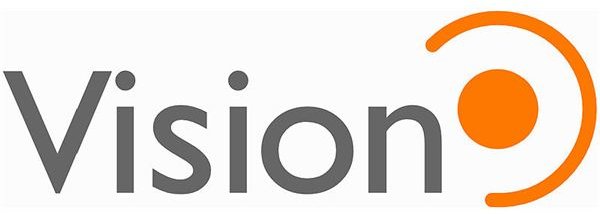Organizational Strategies for Leaders in HR: Vision, Planning and Delegating
HR Chaos
In my HR career and as a business owner, I have worked for companies offering very streamlined and tight-ship HR policies and those I would call chaotic—they had no plan or consistency. Because the HR world is different depending upon company size and other factors such as industry or type of business, organizational strategies for leaders—meaning you—is a top priority.
If you are to be the final word on employee policies and procedures and you don’t have answers or a plan, you’ll fail and it won’t take long until everyone will skip your department and go over your head.
Vision First

Every HR leader has a vision of how they’d like their department to run and what policies or plans they want to implement. The problem with some is the inability to actually sit down and create that vision.
Much like a business vision, you need a departmental vision so take the time to utilize your staff along with focus groups or employee feedback to align your vision with company goals.
You can’t develop any plan or lead anyone if you don’t first start with a vision and develop it. Take the time to create an entire HR policy and procedure manual—you’ll be glad you did.
Plan and Strategize

Organization strategies for leaders in HR also means planning and using strategic skills—what will work, what won’t or analyzing an existing company to come up with new ideas to replace out of date or failing elements.
Some of these strategies are highly effective:
Leadership Style – Are you a strategic leader or is your management style of a different sort? No matter what leadership style you employ—own it and develop it. Use if often so the message gets across you are the leader. A strong leadership style guarantees respect but also trust.
Action Plans – You’ve taken the time to write a policy and procedure manual but have you acted on what’s inside? The world of HR is so extensive, especially when considering elements ranging from paying employees to labor laws to appealing unemployment claims and one must stay abreast of quite a bit of information. By utilizing your vision and those policies, it’s time to delegate and be a leader.
Delegate – Once you’ve decided on action plans if you try and complete them all yourself, you’ll end up burned out. Football coach Vince Lombardi said of organization – “The achievements of an organization are the results of a combined effort of each individual.” Replace “organization” with “department” and this quote becomes something to think about. In my article, Checklist for HR Handbook Policies, you’ll find I basically divide the HR department into four elements:
-
- HR Administrative Processes
- Hiring and Termination
- Salaries, Wages, Benefits and Performance Reviews
- Training and Safety
All of these have dedicated process you need to implement so create inter-departmental teams with the right skill sets to help you write and develop action plans for each of these areas.
Effective Measuring

My next tip on organizational strategies for leaders is how you will measure and monitor your action plans. How effective is any plan if it’s not continually measured for success or monitored for needed changes? In the HR world, change is inevitable, so some ideas to help you in these areas include:
Employee Feedback – More and more HR departments are relying on employee feedback and concerns on items such as benefit offerings, wages, work environment, and training programs. Isn’t it important to find out what they really want to keep them happy and motivated? You are not a dictator so don’t try and be one.
Continual Training – HR requires constant training so either attend training as a department whole or assign team leaders to hot issues in labor laws and new employment rules or acts that become law. Make sure employees are kept up-to-date on hot topics in HR.
Reassessments – Any recruitment, hiring or firing process that worked in the past and suddenly shows problem areas need to be reassessed from time to time. Think of this as a quality improvement process. With HR, you can’t employ the ‘if it ain’t broke don’t fix it” rule. Use your team to find root causes for problems or failures to improve on HR policies.
Audits – How uniform are your policies, procedures and hiring practices across the board? Often, an outside audit will reveal what you don’t see giving you a chance to fix or improve upon a problem area.
Human Element – Above all, no HR department or leader can forget what makes the department necessary—the employees of the company. Arbitrary decisions made without team or group input may fail miserably. Look at your department as a guide to the employee and a place where they feel comfortable and can obtain the answers they need—or, dare I say—you are really employed by the employees!
Final Thoughts
Not all organizational strategies for leaders in HR will work as every company is different. If, however, you utilize some of the tools and strategies provided here, you’ll have a better chance of being successful, especially in the long-term if you envision, plan, act, delegate and monitor HR processes from within.
Resources
Lombardi quote - https://thinkexist.com/quotation/the_achievements_of_an_organization_are_the/149888.html
Business Strategy Implementation - https://www.businessballs.com/businessstrategyimplementation.htm
Image Credits:
Crowd - Wikimedia Commons/rupertreyneke
Vision - Wikimedia Commons/ESTIEM
Checklist - Wikimedia Commons/Share Alike License
Measure - MorgueFile/ronnieb
